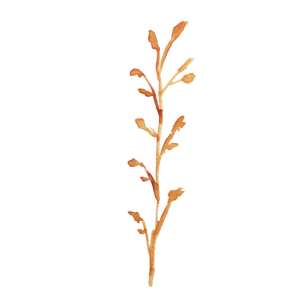Consumers can return discarded equipment to more than 400 WEEE recycling collection points in Finland completely free of charge. Elker has separate collection points for the reception of corporate products.
Take care of your personal information even after using the device. The recycling of telephones, computers or even smart rings should be handled securely with SEIFFI. You will receive a certificate in your email once the device data has been destroyed and the device has been properly recycled.
WEEE’s place is not in mixed waste
Do not throw away the old appliance with the normal household waste at the end of its life, but hand it in at an official collection point for recycling. Proper treatment also ensures that harmful substances in the equipment are properly removed and recycled. This can reduce the environmental burden and the need for virgin raw materials. Discarded equipment is primarily intended to be reused in whole or in part. If this is not possible, the equipment materials will be recycled as raw materials for industrial use. For example, up to 99 percent of the materials in a tablet, cell phone, or computer can be recycled.

Sort carefully
The equipment is collected at the reception points in containers or cages where it is transported to the facilities of the re-use and recycling partners. Careful sorting greatly facilitates the further processing of the equipment, so the instructions at the collection points should be followed. The aim is to collect small devices in cages so that they remain as intact as possible during transport. Cage collection promotes reuse and reduces the risk of fire associated with equipment.
If the device cannot be used as such, its materials are separated as accurately as possible in industrial processes and diverted into raw materials for new products. If material recycling is not possible, it is utilized for energy. Appliances used in homes contain a lot of plastics, the recycling methods and possibilities of which are constantly being developed.
The return point for a device that contains information can also be found at stores that sell new devices. Ask your dealer about the possibility of returning your device with memory to a locked bin.
Elker is involved in the development of a world-class demo plant in Finland, where all WEEE metals are recycled in a multi-part leaching process.
Read more: “Urban mine turns scrap into gold” (in Finnish)
Partner network

The reuse and recycling of the material is handled by Elker’s nationwide network of treatment partners, which are licensed by the environmental authority. Pre-treatment and treatment partners are required to comply with a standardized quality management and environmental system such as ISO 9001 and ISO 14001 or their requirements, which are also monitored through regular audits.
The partner network will be selected by a competitive tender. It pursues to take equal account of the ability of different actors to provide a service that meets the minimum requirements of the EU WEEE Directive. The tender consists of two parts, the first of which deals with qualitative and operational issues, and the second with price and security of supply. The reuse and recycling of electrical and electronic equipment collected by Elker takes place in Finland, and the recycled materials are delivered to both the Finnish and international markets.
Information on the waste collection statistics
Elker’s producer organizations SELT ja ICT collected approximately 28 000 tons of electrical- and electronic equipment in a year 2021. Appliances were collected from consumers and companies as well. Producer organization’s collective SER-recycling’s collection rate was approximately 60 % in a year 2021, when EU has set target rate to 65 %. Collection rate is used to express the rate of amounts of appliances brought to markets compared to amounts of collected appliances. Finland’s waste collection rate is one of the highest in Europe, even still about 40 % of all the appliances end up somewhere else than into official recycling network. Recycling rate varies also depending on an appliance type, for example ICT appliances (computers, phones, tablets, displays, etc.) collection rate is 71 % and clearly higher than in other products. Minimum utilization goals set for electric and electronical appliances were reached in all appliance categories.
